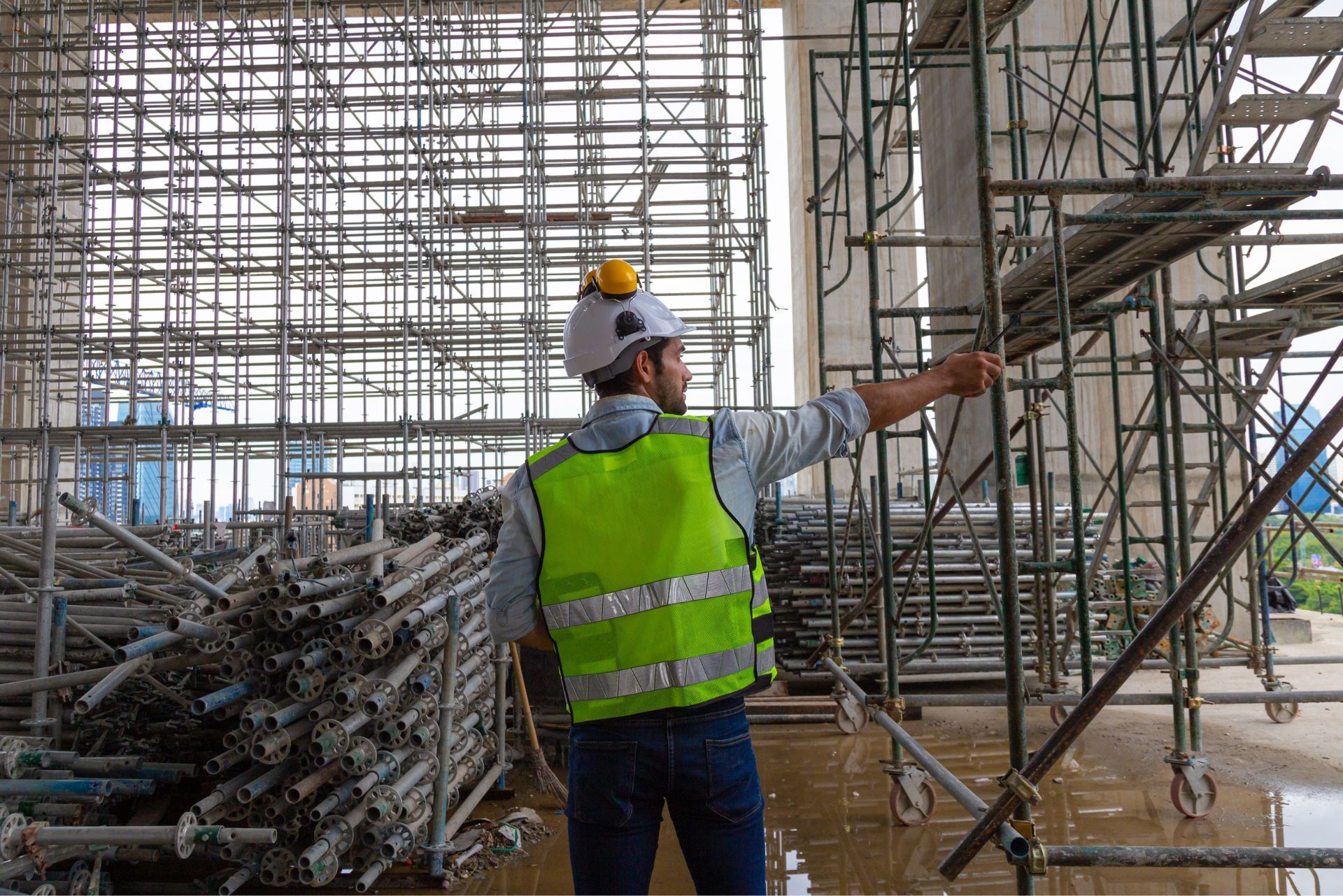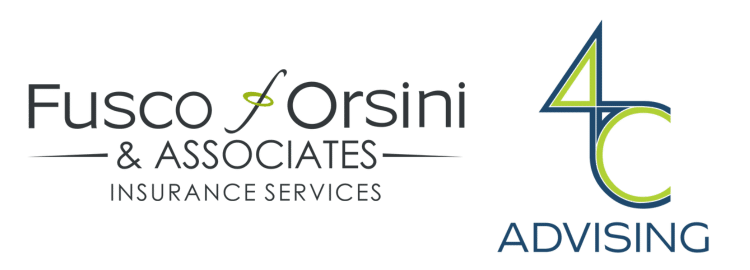Top 3 Recommended Policies

Operating as a scaffolding and shoring contractor in California involves navigating a complex landscape of safety regulations, insurance requirements, and industry challenges. With scaffolding accidents ranking among the most cited OSHA violations, ensuring proper insurance coverage is not just a legal formality but a vital part of protecting your business and workforce. This comprehensive guide explores everything you need to know about scaffolding and shoring contractor insurance in California, including recent legislative developments, risk factors, and expert insights to help you make informed decisions.
Understanding the nuances of contractor insurance in this specialized field is essential, especially given the rising costs and evolving legal environment. For instance, recent reports highlight how insurance premiums in construction have increased due to fewer providers and growing project complexities. This article will break down these factors and provide actionable advice tailored to scaffolding and shoring contractors.
The Importance of Insurance for Scaffolding & Shoring Contractors in California
Scaffolding and shoring contractors face unique risks on every job site. Falls from height, equipment failure, and improper installation can lead to severe injuries or fatalities. According to OSHA, scaffolding violations are among the most frequently cited on construction sites, underscoring the critical need for stringent safety measures and adequate insurance coverage.
Insurance serves as a financial safety net, protecting contractors from liability claims, property damage, and worker injuries. Given that small businesses with 1–10 employees account for 57% of fatal construction injuries, having comprehensive coverage is especially crucial for smaller scaffolding firms operating in California.
Contractors should consider a range of insurance policies, including general liability, workers’ compensation, and specialized coverage for scaffolding-related risks. Partnering with insurers experienced in construction safety can make a significant difference in claim handling and risk management.
Moreover, the nature of scaffolding work often involves collaboration with various subcontractors and trades, which can complicate liability issues. For instance, if a subcontractor improperly installs scaffolding, the primary contractor may still face liability for any resulting accidents. This interconnectedness highlights the importance of not only having adequate insurance but also ensuring that all parties involved are properly insured. Engaging in thorough contract reviews and risk assessments can help mitigate potential disputes and enhance overall site safety.
For those interested in the broader context of construction insurance trends, the
Liberty Business News report on rising construction insurance costs offers valuable insights into market dynamics affecting premiums and coverage availability. Additionally, as California continues to implement stricter regulations regarding workplace safety, scaffolding contractors must stay informed about legislative changes that may impact their insurance needs and operational practices. Keeping abreast of these developments can empower contractors to make informed decisions that enhance both their safety protocols and financial stability.
Understanding California’s Scaffold Law and Its Impact on Insurance
California’s Scaffold Law, formally known as Labor Code Section 6705, holds employers and contractors strictly liable for gravity-related injuries to workers caused by scaffold or other elevation-related equipment failures. This law significantly influences insurance policies and premiums for scaffolding contractors.
Andrew Nigri, president of Sancus Insurance Agency, highlights that repealing the Scaffold Law could be the single biggest change to boost development from an insurance perspective. The strict liability standard increases insurers’ risk exposure, which in turn drives up premiums and can limit coverage options for contractors.
Despite debates about its impact, the Scaffold Law remains a critical factor in California’s construction insurance market. Contractors must understand how it affects their liability and work closely with insurance providers to ensure adequate protection. This includes considering endorsements or specialized policies that address scaffold-specific risks.
Moreover, the Scaffold Law not only affects insurance costs but also shapes safety practices on construction sites. With the looming threat of strict liability, many contractors invest heavily in training programs and safety equipment to mitigate risks. This proactive approach not only helps in reducing the likelihood of accidents but also plays a crucial role in maintaining a good standing with insurance providers, who often reward companies with lower premiums for their commitment to safety.
Additionally, the law has sparked discussions about the need for reform in the construction industry. Advocates for change argue that the current framework may discourage small contractors from taking on larger projects due to the fear of potential liability. This has led to calls for a more balanced approach that protects workers while also fostering a more competitive environment for contractors. As the dialogue continues, it’s essential for stakeholders to engage in discussions that could lead to a more equitable solution for all parties involved.

Recent Legislative Changes Affecting Contractor Payments and Insurance
In addition to safety regulations, scaffolding and shoring contractors must also stay informed about legislative changes that influence contract terms and financial risk. A notable recent development is California Senate Bill 61, which caps retention payments on private works projects at 5% for contracts entered into on or after January 1, 2026.
This change aims to improve cash flow for contractors by limiting the amount of money withheld by project owners as retention. While not directly related to insurance, better cash flow can help contractors maintain their insurance premiums and invest in safety improvements. This is particularly significant in an industry where cash flow can often be tight, and delayed payments can lead to operational challenges. By ensuring that contractors receive a larger portion of their payments in a timely manner, this legislation may also encourage more competitive bidding, as contractors will have a clearer understanding of their financial obligations and cash flow needs.
Contractors should review their contracts carefully and consult with legal and insurance experts to understand how such laws affect their financial planning and risk management strategies. The implications of this bill extend beyond immediate cash flow; they can also influence how contractors approach project financing and insurance coverage. For example, with less retention being held, contractors may find themselves in a better position to negotiate favorable terms with insurers, potentially leading to lower premiums or more comprehensive coverage options. More details on this legislative update can be found at the
Construction Defect Journal.
Rising Insurance Premiums and Market Challenges
The construction insurance market in California is currently facing significant challenges. A 2024 report from IBIS World shows a marked decrease in the number of insurance companies offering contractor’s insurance, leading to reduced competition and higher premiums. This trend is compounded by increasing labor and material costs, which drive up project sizes and associated risks. As contractors grapple with these financial pressures, many are forced to reassess their project budgets, often leading to delayed timelines and scaled-back operations.
In the first quarter of 2024 alone, construction insurance premiums rose by 4.6%, reflecting these pressures. For scaffolding and shoring contractors, this means budgeting carefully for insurance expenses and exploring options to mitigate costs without compromising coverage. The implications of these rising costs extend beyond immediate financial strain; they can also affect the ability of contractors to secure new projects, as clients may be wary of potential budget overruns associated with high insurance premiums.
One strategy is to invest in enhanced safety training and compliance programs, which can reduce claims and improve insurer confidence. Additionally, working with brokers who specialize in construction insurance can help contractors find the most competitive rates and tailor policies to their specific needs. These brokers often have insights into emerging trends and can guide contractors in implementing risk management practices that not only lower premiums but also enhance overall project safety.
Furthermore, the evolving regulatory landscape in California adds another layer of complexity to the insurance market. New legislation aimed at improving worker safety and environmental standards can lead to increased compliance costs for contractors, further straining their budgets. As a result, staying informed about regulatory changes is crucial for contractors to navigate the insurance landscape effectively. For a deeper understanding of these market forces, the Liberty Business News article on rising insurance costs provides an in-depth analysis.

Leveraging Construction Safety Data to Reduce Risks
Advancements in construction safety research are providing new tools to help scaffolding and shoring contractors manage risks more effectively. The "Building Safer Sites" study introduces the Construction Safety Dataset (CSDataset), which integrates OSHA incident reports, inspections, and violation data to enhance safety analysis.
By leveraging such data, contractors can identify common hazards, understand violation patterns, and implement targeted safety measures. This proactive approach not only protects workers but can also lead to lower insurance premiums by demonstrating a commitment to risk reduction.
Contractors interested in exploring this innovative resource can learn more about the dataset and its applications at arXiv.org.
Moreover, the integration of data analytics into safety protocols allows for real-time monitoring of job sites, enabling contractors to respond swiftly to emerging risks. For instance, utilizing mobile applications that access the CSDataset can empower on-site supervisors to make informed decisions about safety measures as they arise, fostering a culture of safety that is both dynamic and responsive. This immediate feedback loop not only enhances worker safety but also promotes accountability among all team members, ensuring that everyone is vigilant and engaged in maintaining a safe working environment.
Additionally, the insights gained from the CSDataset can be instrumental in training programs for new employees. By analyzing past incidents and common safety violations, contractors can tailor their training materials to address specific risks that workers may encounter on the job. This targeted training approach not only equips workers with the knowledge they need to stay safe but also reinforces the importance of adhering to safety protocols, ultimately contributing to a more informed and safety-conscious workforce.
The Role of Construction Safety Expert Witnesses in California
In the event of accidents or legal disputes, construction safety expert witnesses play a crucial role in scaffolding and shoring cases. These experts specialize in areas such as scaffolding safety, heavy machinery operation, electrical safety, and hazardous materials handling.
Their expertise helps clarify the circumstances of incidents and can influence insurance claims and litigation outcomes. For scaffolding contractors, understanding the role of expert witnesses is important when selecting insurance policies that cover legal defense and related costs.
California contractors can find specialized expert witnesses through resources like the Expert Institute, which connects businesses with qualified professionals in construction safety.
Construction safety expert witnesses not only provide testimony in court but also assist in pre-litigation phases by conducting thorough investigations and providing detailed reports. Their insights can help identify whether safety protocols were followed and if any negligence contributed to the incident. This can be particularly valuable in complex cases involving multiple parties, where determining liability can be challenging. Furthermore, these experts often stay updated on the latest safety regulations and industry standards, ensuring that their testimony is grounded in current practices and legal requirements.
Moreover, the presence of a construction safety expert witness can also serve as a deterrent against potential safety violations. Contractors aware of the scrutiny that comes with expert evaluations may be more inclined to adhere to safety protocols and invest in training for their workforce. This proactive approach not only minimizes the risk of accidents but also fosters a culture of safety within the organization, ultimately benefiting both employees and the bottom line. In a state like California, where construction activities are prevalent, the role of these experts becomes even more critical in maintaining safe work environments and reducing the incidence of workplace injuries.
Best Practices for Scaffolding & Shoring Contractor Insurance
Given the complexities of the California construction environment, scaffolding and shoring contractors should adopt best practices to ensure comprehensive insurance coverage and risk management:
- Conduct thorough risk assessments: Regularly evaluate job sites for potential hazards related to scaffolding and shoring.
- Maintain compliance with OSHA standards: Address the most cited violations proactively to reduce incident rates.
- Invest in employee training: Focus on scaffold safety, equipment handling, and emergency procedures.
- Work with specialized insurance brokers: Find policies tailored to the unique risks of scaffolding and shoring work.
- Review contracts carefully: Understand the impact of laws like Senate Bill 61 on retention payments and cash flow.
- Document safety efforts: Keep detailed records to support insurance claims and demonstrate due diligence.
By following these guidelines, contractors can better protect their businesses, reduce insurance costs, and contribute to safer construction sites across California.
In addition to these best practices, it's vital for scaffolding and shoring contractors to stay informed about the latest industry trends and regulatory changes. Engaging with professional organizations and attending industry conferences can provide valuable insights into emerging safety technologies and innovative risk management strategies. Networking with peers allows contractors to share experiences and learn from one another, fostering a culture of safety and compliance that extends beyond individual companies.
Furthermore, contractors should consider implementing a proactive safety culture within their teams. This can be achieved by encouraging open communication about safety concerns and recognizing employees who demonstrate exceptional safety practices. By cultivating an environment where safety is prioritized and valued, contractors not only enhance their insurance profiles but also improve overall productivity and morale on the job site. This holistic approach to risk management can ultimately lead to a more resilient and sustainable business model in the competitive construction landscape of California.
Conclusion
Scaffolding and shoring contractors in California operate in a challenging but vital sector of the construction industry. Navigating insurance requirements, safety regulations, and legislative changes requires a strategic approach grounded in knowledge and proactive risk management.
With scaffolding-related accidents among the most cited OSHA violations, investing in comprehensive insurance coverage and safety programs is essential. Understanding the impact of the Scaffold Law, staying abreast of legislative changes like Senate Bill 61, and adapting to rising insurance premiums will help contractors sustain and grow their businesses.
Leveraging emerging safety data and expert resources further enhances risk mitigation efforts, ultimately fostering safer job sites and more stable insurance markets. For scaffolding and shoring contractors committed to excellence, informed insurance decisions are a cornerstone of long-term success.
To explore the latest developments in construction insurance and safety, consider reviewing the Liberty Business News coverage, which offers ongoing updates relevant to California’s construction industry.
Contact Us
Phone
Location




